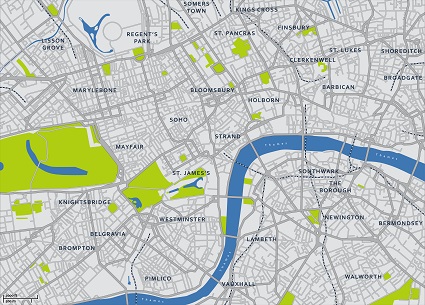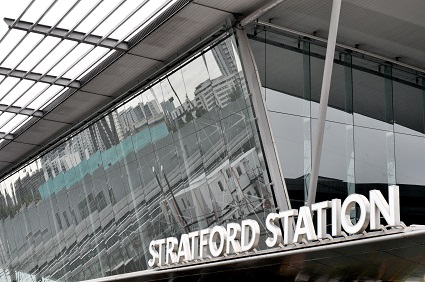4th Quarter – Commercial Property Market in London
As 2015 comes to an end, it’s time to sum up the key trends that have characterised the commercial property market in London over the past 12 months. The latest RICS UK Commercial Market Survey highlighted the growing demand experienced across all commercial property sectors, and in particular with regards to office and industrial properties. As expected, increased demand has resulted in higher prime rental values across all sectors. These averaged a 9.4 per cent increase in office rental prices, 7 per cent for retail stock, and just below 4 per cent for industrial properties (1).
The retail market benefited from exceptional levels of consumer confidence, which are at their highest since the late 90s. Annual change rates for retail rents in the West End averaged 14 per cent, whereas in the City they stayed at 4 per cent (2). Citywide, rental growth averaged 13.2 per cent. Vacancy rates dropped to 3 per cent, a figure that stands in stark contrast with this year’s national average at 14 per cent. Another key trend this year had to do with the performance of the industrial market, which experienced a boost as the e-commerce sector solidified its presence (3).
Office Market – Q4 2015
During the last quarter of 2015, the London office market has continued to display robust activity levels. At the beginning of Q4, year-to-date take up levels amounted to 9.7 million square feet, a figure that represents a 3 per cent increase over last year’s values. Most transactions involved firms involved in sectors like professional services, media and technology, and banking.
According to research data published by BNP Paribas, during November and December the main trends affecting the London office market were above-average leasing activity and a surge in investment levels. Vacancy rates dropped to 4.28 per cent in November, although this figure is likely to increase with the delivery of more than 7 million square feet of Grade A space over the course of 2016. Year-to-date take up rates reached 12.40 million square feet in early December (4). Continue reading “The London Commercial Property Market: An Overview of 2015”








